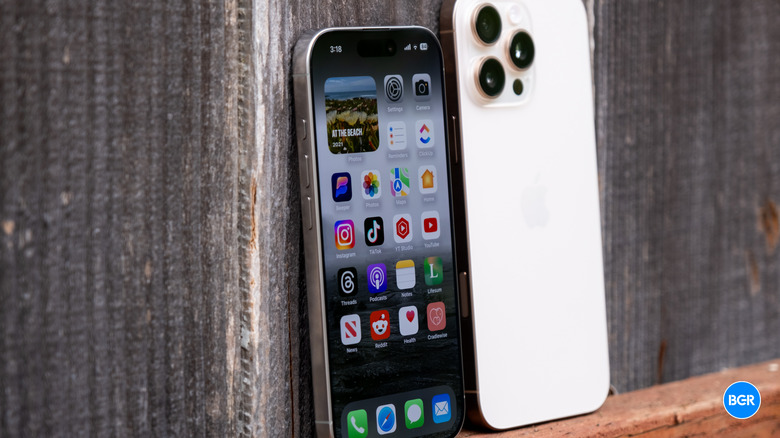Is The iPhone 16 Pro Max More Durable Than The Galaxy S24 Ultra?
I picked up my iPhone 16 Plus protective screen and case even before I got the new phone. I was already aware of the first iPhone 16 drop tests, which proved what I had suspected all along: We still haven't quite reached indestructible glass.
Yes, the new iPhone 16 models feature a second-generation Ceramic Shield glass cover. But it won't survive certain accidents any better than the previous version. Drop the phone from high enough and hit a hard surface like concrete, and the front or back of the phone might shatter.
The first iPhone 16 Pro drop tests showed that the handset would turn off completely if it fell just right. Landing on the ultra-slim bezel might knock out the screen even though the glass itself will survive largely intact.
My issue with these drops is that they can't be objective. Your mileage may vary depending on how the phone moves in the air once you drop it. However, there's a new video out involving a test that replaces the human with a robot for the drop test. It gives us a better look at the iPhone 16 Pro Max during drops, comparing it with its biggest rival, the Galaxy S24 Ultra.
YouTube channel PhoneBuff usually performs such comparisons, including drop tests where a robot handles the handset. They did the same thing for the iPhone 16 Pro Max and Galaxy S24 Ultra, testing the phones in drops from what appears to be five or six feet. This replicates dropping the phone while talking or bringing it to your ear.
As you'll see in the clip below, the iPhone 16 Pro Max can survive these drops unscathed if you use a screen protector and case. The screen protector absorbs the shock and cracks but prevents damage to the iPhone's screen.
Remove the protections, and the iPhone 16 Pro Max and the Galaxy S24 Ultra suffer the same damage.
They both shatter when dropped on the front or back. The titanium gets scratched when the phone falls on the corner. The Galaxy S24 Ultra's rectangular corners will see more scuffs than the iPhone's curved corners. Damage to the Galaxy S24 display might also impact the functionality of the built-in fingerprint sensor.
On the other hand, the iPhone 16 Pro Max ends up with a cracked lens on the back, while the Ultra's cameras are safe.
Both phones continue to work after the display cracks. The iPhone 16 Pro Max did not fall on the screen's bezel like in the previous test, so it didn't shut down.
However, PhoneBuff continues to drop the phones after the initial test, changing the concrete for steel. The iPhone seems to do better than the Galaxy S24, but it keeps becoming unresponsive. You'd have to reset it using a combination of button presses to bring it back to life. It's unclear why the iPhone does this or whether the handset stops working after repeated impacts. However, it comes back to life after each force restart.
While the drop test is objective for the most part, the scores can't be objective. The YouTuber concludes that the Galaxy S24 Ultra is the winner here, though both phones are badly damaged and in need of repairs.
I'll repeat what I tell you each year we go through this drop test dance. The newest flagship phones are still made of glass. Whether you get the iPhone 16 Pro Max, Galaxy S24 Ultra, Pixel 9, or any other device, you should consider at least a screen protector. Adding a case is even better.
The alternative is getting extended coverage so any screen or rear glass damage is cheaper to repair. After all, there's one other conclusion videos like the one below offer. If you don't repair a smartphone with a damaged screen or rear panel, all future drops will continue to amplify the original damage to the point where they might render the screen useless.
